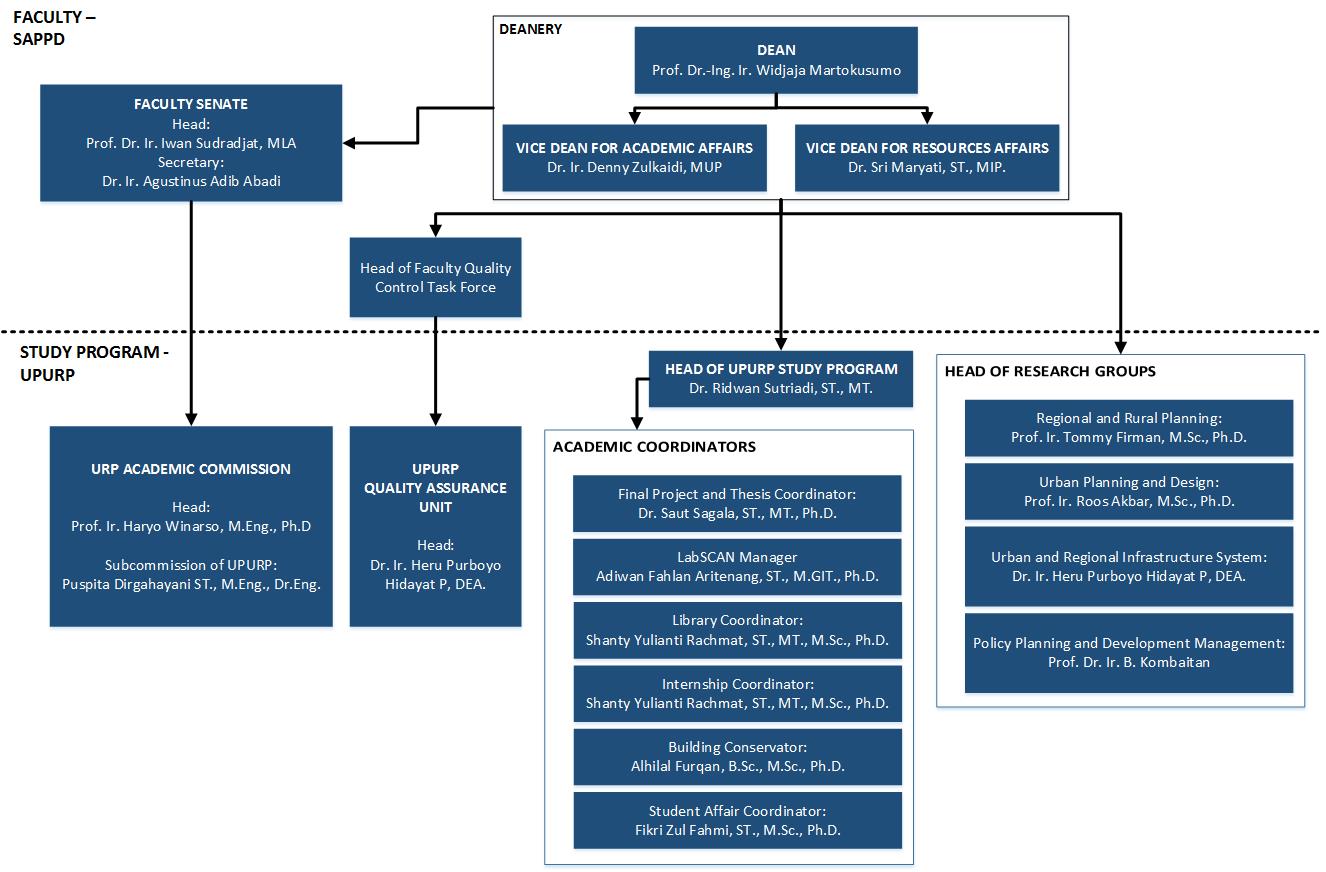Urban and Regional Planning (PWK) is one of the study programs of School of Architecture, Planning, and Policy Development (SAPPK). Established o September 14, 1959, PWK is a study program more often related to various other disciplines, both technical and socio-economic disciplines. PWK focuses on the science of designing an integrated region, thereby increasing the welfare of society.
In the process of education, when one becomes a PWK student, one will have to take subjects from other study programs such as environmental geology, mapping, and others. In addition to technical subjects, one will also study the social, economic, and politically-related sciences, i.e. Social Aspects of Planning, Population Studies, Introduction to Economics of Planning, Urban and Regional Economics, Financing Development, Transport Economics, Community Development, Planning and Politics, and others.
As an example, within an urban area, there are many aspects that must be understood by a planner (the term for a PWK graduate). In the area there are physical components e.g. rice fields, shopping malls, housing, and others. On the other hand, there are also non-physical components e.g. congestion, density, population, and so forth. If a planner cannot understand these as a whole, he will not be able to make a decent planning. Subsequently, the area that is not planned well will have non-decent conditions. Thus, PWK also provides courses in computation, economic, social, institutional, political, environmental and physical aspects. Planning is generally required to create better conditions for the future, hence, the physical aspect is not the only one to be considered.
There is an interesting fact that has been very popular, which is wherever a PWK graduate works, he will still be distinguishable by his coherent and systematic way of thinking. Because when one studies in PWK, not only does he learn the urban and regional planning but he also learns the whole process which is often called POAC: Planning, Organizing, Actuating, and Controlling. After a plan is created, there should be a process to be put into practice to ensure its outcome and guard it from derailing. Therefore, the plan must be implemented, and then managed and controlled. The creation of a plan must also consider the conditions of the past and present, or to say “Learning the past, managing the present; shaping the future”.
Organization Structure






